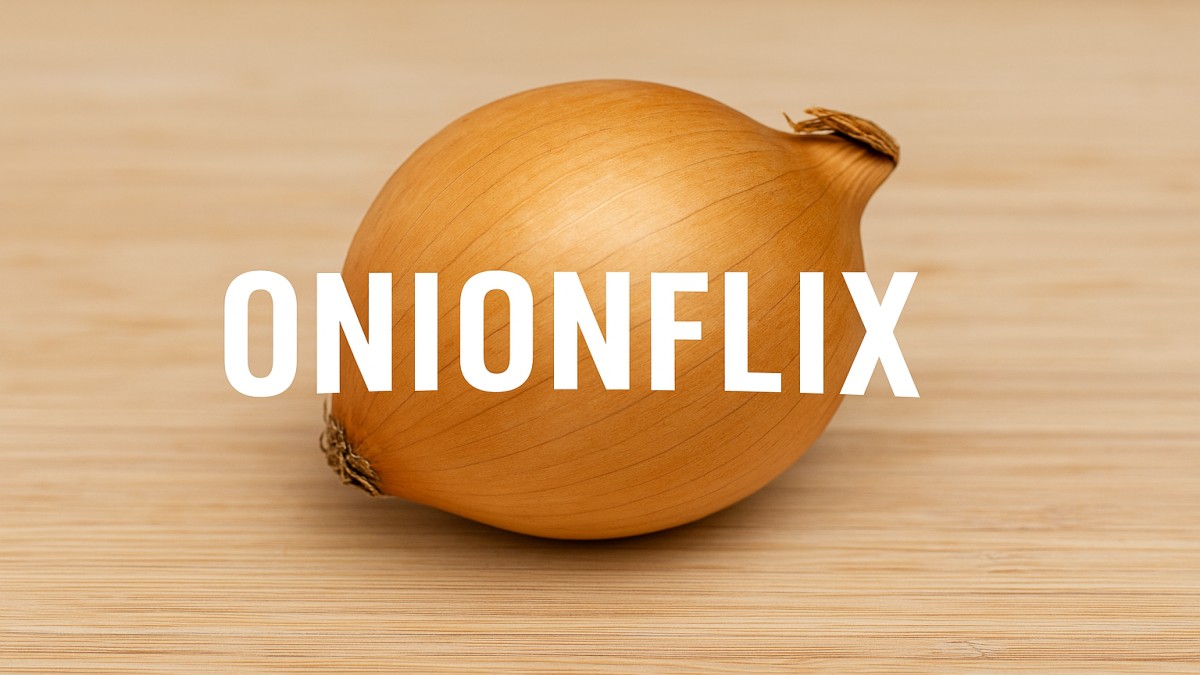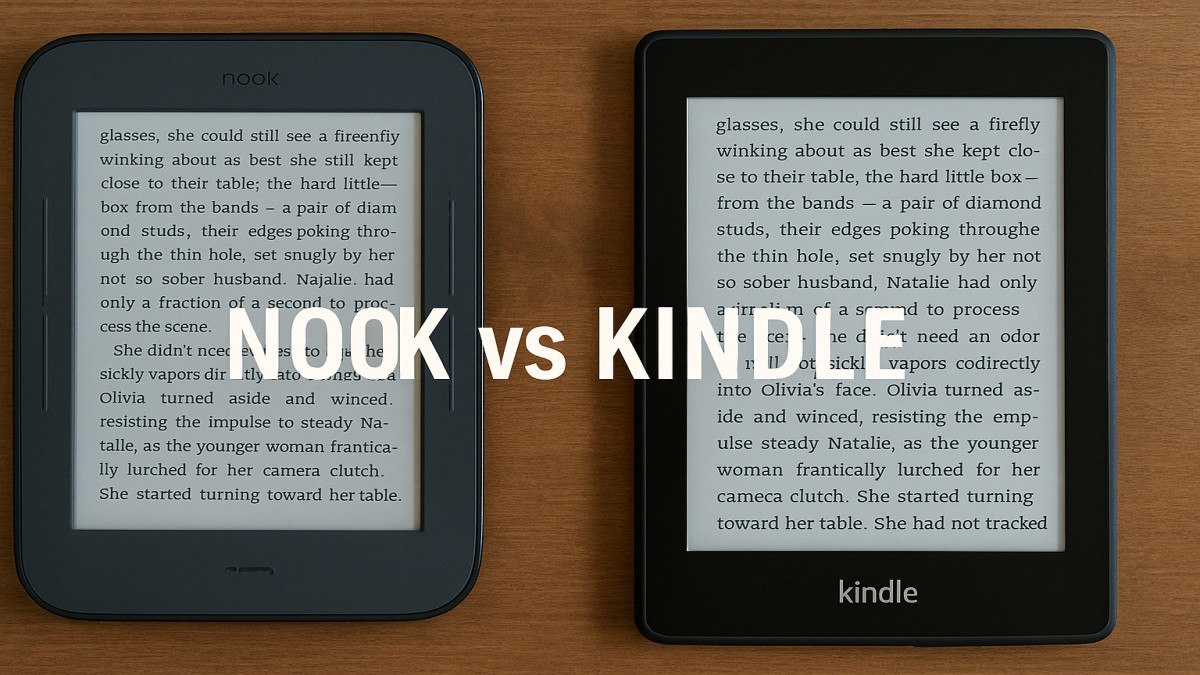food
Pour Over Coffee: The Complete Guide to Brewing Perfection

Introduction to Pour Over Coffee
What is Pour Over Coffee?
Pour over coffee is a manual brewing method where hot water is carefully poured over ground coffee, allowing it to drip through a filter into a carafe or mug. It’s simple yet highly precise, giving you full control over the flavor.
Why It’s Gaining Popularity
People love it because it delivers a clean, bright cup with nuanced flavors that automatic machines often can’t match. Plus, the ritual of making it feels like meditation for many coffee lovers.
History of Pour Over Brewing
Origins in Japan and Europe
The pour over method has roots in both Japan and Germany. The famous Hario V60 was developed in Japan, while the Melitta filter originated in Germany in the early 1900s.
The Role of Specialty Coffee Movement
With the rise of third-wave coffee shops, pour over brewing became a symbol of craftsmanship and quality. Baristas use it to highlight unique flavor notes in high-quality beans.
Benefits of Pour Over Coffee
- Flavor Clarity: Every sip brings out subtle notes—floral, fruity, or nutty.
- Control Over Brewing Variables: You decide the water temperature, pour speed, and grind size.
- A Mindful Ritual: Brewing becomes an intentional, relaxing process.
Essential Tools for Pour Over Coffee
Coffee Grinder
A burr grinder ensures consistent grounds, which is crucial for even extraction.
Pour Over Drippers
Popular options include:
- Hario V60 (cone-shaped, precise control)
- Chemex (elegant, brews larger quantities)
- Kalita Wave (flat bottom, forgiving for beginners)
Kettles
A gooseneck kettle provides control for slow, circular pouring.
Filters and Scales
Paper or reusable filters plus a digital scale help maintain consistency.
Choosing the Right Coffee Beans
- Light vs Dark Roasts: Light roasts highlight fruity and floral notes, while dark roasts offer bold richness.
- Single Origin vs Blends: Single origin beans showcase unique regional flavors, while blends balance taste.
- Freshness Matters: Use beans roasted within the last 2–3 weeks for best results.
Grind Size and Its Importance
Grind too fine? Your coffee will taste bitter. Too coarse? It’ll taste weak. For pour over, medium-coarse is ideal, similar to sea salt. Adjust slightly depending on taste.
The Pour Over Brewing Process
- Heat Water: Aim for 195–205°F (90–96°C).
- Measure Coffee and Water: Standard ratio is 1:15–1:17 (1g coffee to 15–17g water).
- Blooming Stage: Pour a little hot water to release carbon dioxide—let it sit for 30–45 seconds.
- Controlled Pouring: Slowly pour in spirals, keeping grounds evenly saturated.
- Finishing the Brew: Total brew time should be 3–4 minutes.
Water Quality and Temperature
- Use filtered water for the best taste.
- Temperature sweet spot: 195–205°F. Boiling water scorches coffee; too cool leaves it under-extracted.
Common Pour Over Mistakes
- Over-Extraction: Leads to bitterness—often from too fine a grind or too long brew.
- Under-Extraction: Sour taste, usually from too coarse grind or too quick pour.
- Inconsistent Pouring: Uneven water distribution causes flavor imbalance.
Pour Over Coffee vs Other Brewing Methods
- Pour Over vs French Press: French press is bold and heavy, while pour over is clean and delicate.
- Pour Over vs Espresso: Espresso is intense and concentrated; pour over is subtle and layered.
- Pour Over vs Drip Coffee Maker: Drip machines are convenient, but pour over gives more control and flavor.
Enhancing Your Pour Over Experience
- Experiment with Ratios: Adjust coffee-to-water ratio to taste preference.
- Use a Gooseneck Kettle: Ensures precise, even pouring.
- Practice Patience: Great coffee takes time—don’t rush the process.
Health Benefits of Pour Over Coffee
- Lower acidity than espresso, making it easier on the stomach.
- Packed with antioxidants that may help protect against disease.
Sustainable Practices
- Reusable Filters: Reduce waste with metal or cloth filters.
- Ethically Sourced Beans: Support farmers and eco-friendly practices.
Final Thoughts on Pour Over Coffee
Pour over coffee isn’t just a drink—it’s an experience. From choosing your beans to perfecting your pour, every step adds to the satisfaction. If you want clarity, balance, and a hands-on brewing ritual, pour over coffee might become your new favorite morning habit.
FAQs
Q1: Do I need special equipment for pour over coffee?
Yes, a dripper, filter, and kettle help, but you can start simple with just a filter and mug.
Q2: How long does it take to brew?
Typically 3–5 minutes, depending on technique.
Q3: Is pour over coffee stronger than regular drip coffee?
Not necessarily—it’s often smoother, but strength depends on the ratio.
Q4: Can I make pour over coffee without a scale?
Yes, but a scale ensures consistency. A standard tablespoon of coffee equals about 5g.
Q5: What’s the best dripper for beginners?
The Kalita Wave is forgiving and easy to master, while the Hario V60 offers more control once you’re experienced.

 entertainment2 months ago
entertainment2 months agoOnionFlix: Everything You Need to Know About This Streaming Website

 others1 week ago
others1 week agoNook vs Kindle: Which E-Reader Is Right for You?

 entertainment1 month ago
entertainment1 month agoPYT Telegram: A Complete Guide to Understanding, Using, and Maximizing It

 education1 month ago
education1 month agoHow to Become a Software Engineer: A Complete Guide






















